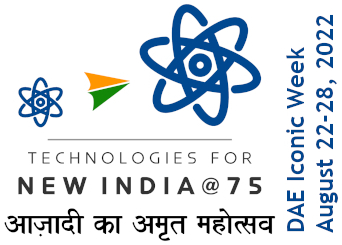Past Colloquia
| Title : |
Tailoring Inorganic Materials for Applications in Aqueous Electrochemical Energy Storage: Functionalized Nanostructured Carbons and Novel Restructured |
|
| Speaker | : | Prof. Robert Slade, University of Surrey, Guildford, Surrey GU2 7XH, United Kingdom |
| Date | : | February 23, 2017 |
| Time | : | 4:00 PM |
| Venue | : | Lecture Hall-1 |
| Abstract | : |
In approaching applicable chemical technologies for electrochemical energy generation and energy storage very considerable care and attention is necessary to optimize the properties and formulations of electrode materials. In electrochemical capacitors (supercapacitors, SCs), the detailed nanostructuring of the electrode material and the tailoring of its chemistry and formulation are essential to the achieving the desired storage performance, durability and power output. While the relationship between the device voltage stability window and the amount of energy stored might seem to strongly favour the use of non-aqueous electrolytes, for aqueous systems the voltage window can widened by judicious imbalance of individual electrode capacitances and the additional redox pseudocapacitance characteristic of some transition metal oxides can be highly beneficial in hybrid devices (in which the two electrodes are formulated using differing materials). The talk will consider the use of nanostructured activated carbons and also ofgraphenes in “symmetrical” (in terms of materials used) SCs, as well as discussing the role of imbalanced (in terms of electrode capacitances) devices in improving the energy storage capability. Consideration of transition metal oxides will consider the role of restructured oxides of manganese and of molybdenum. A further example will consider (in work carried out jointly with IIT Kharagpur) an electrode formulation containing both nanocarbons and nanostructured nickel sulfide. A particular emphasis will be the role of chemical tuning of the properties of materials and subsequent formulation of electrode inks and thin films. Further, the importance of choosing the correct, device related, key performance indicators (KPIs) will be highlighted. |




